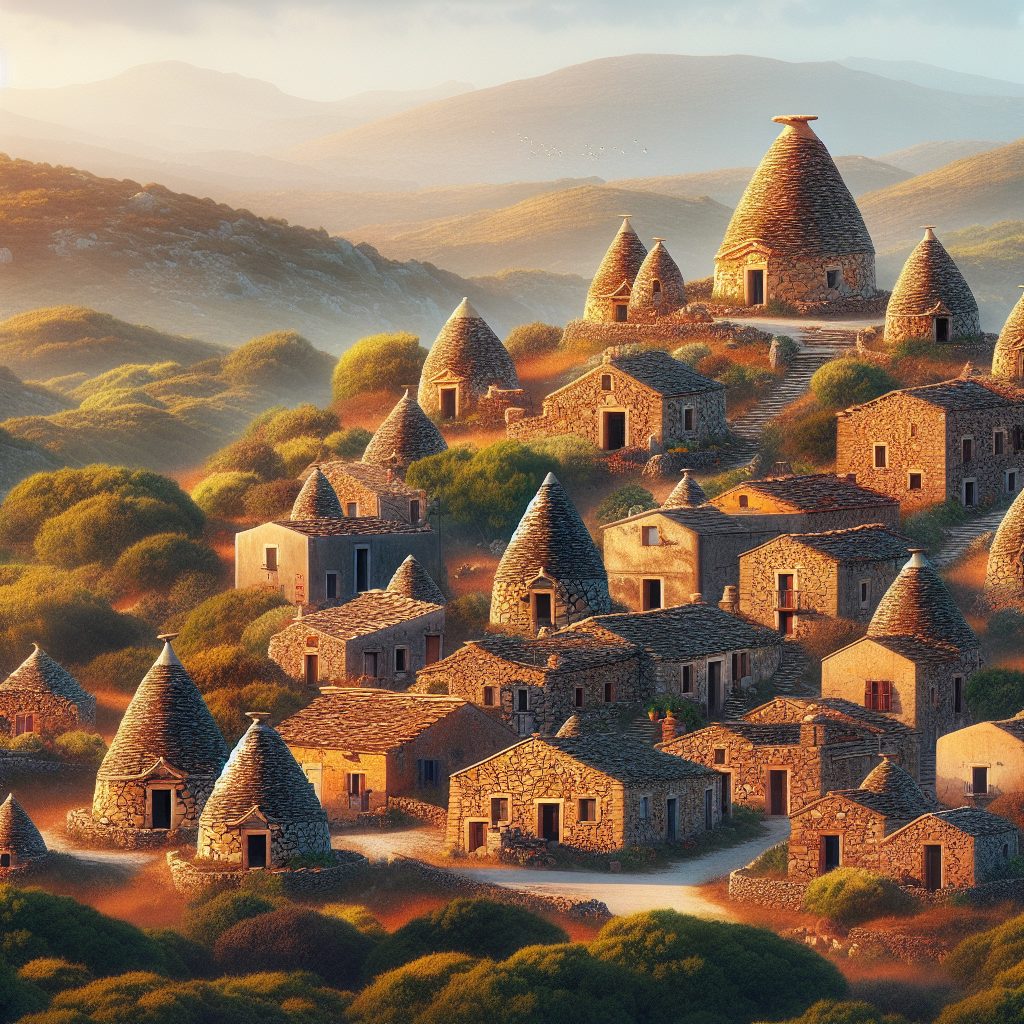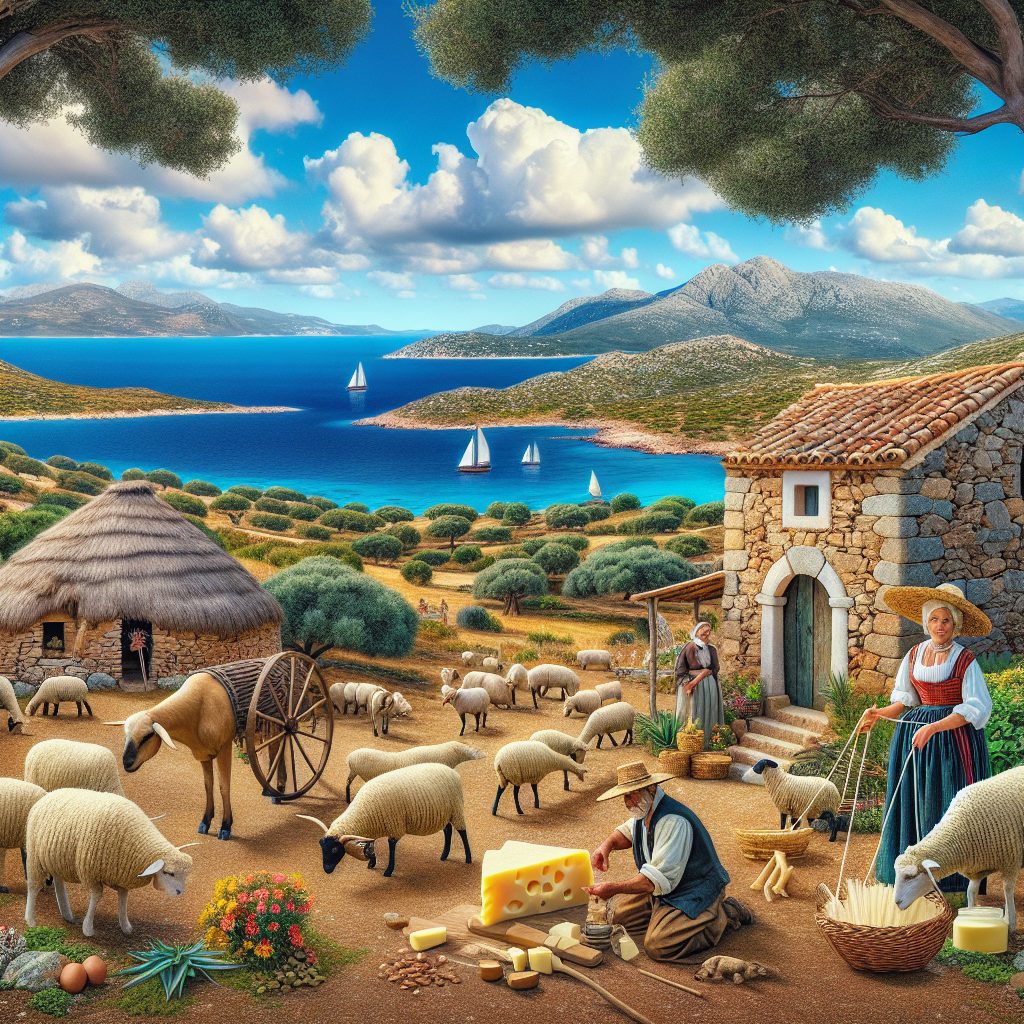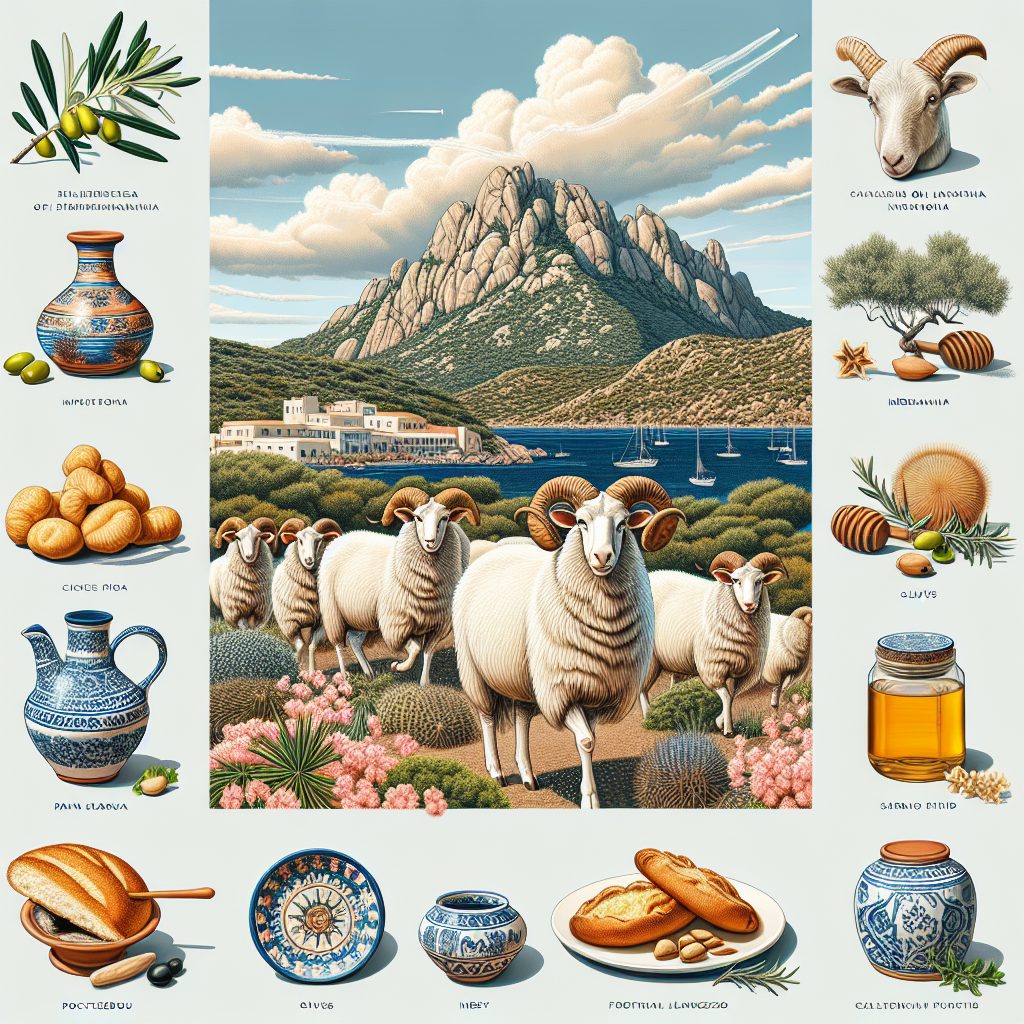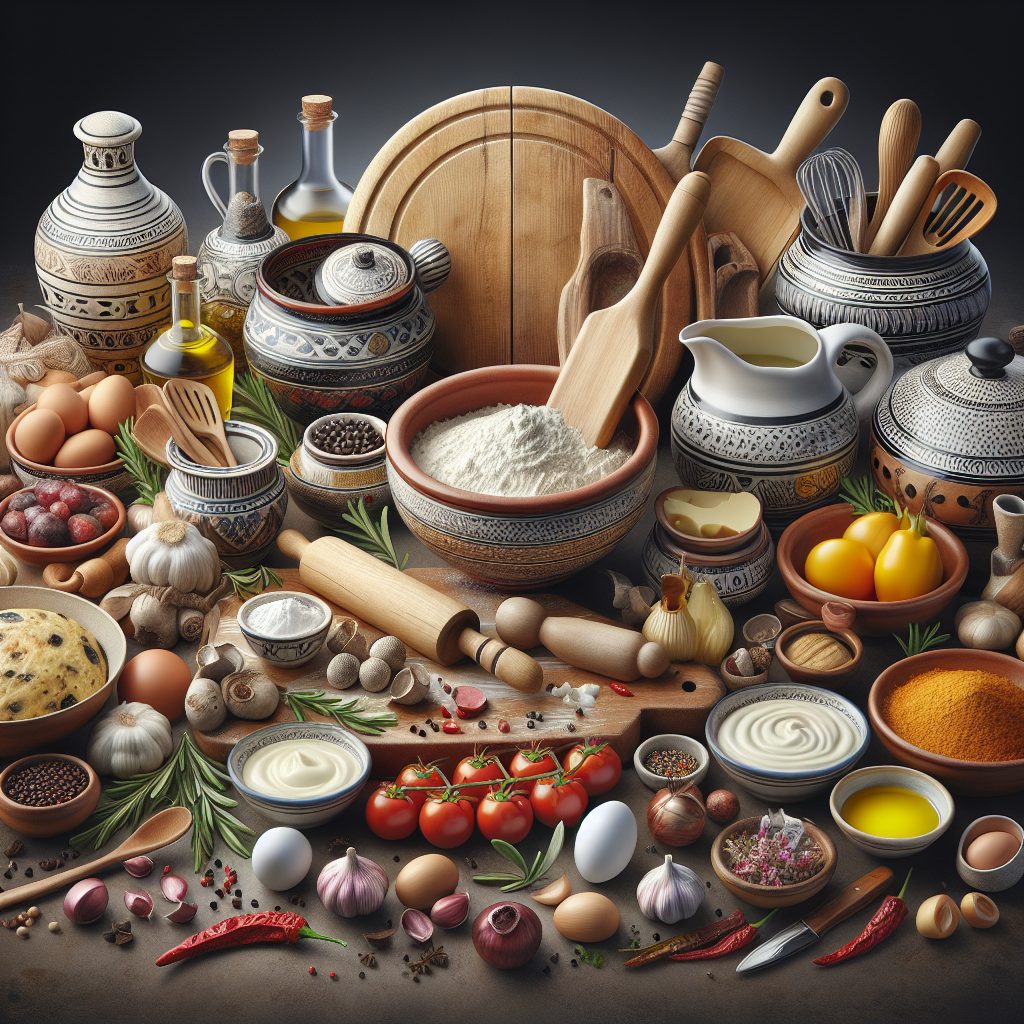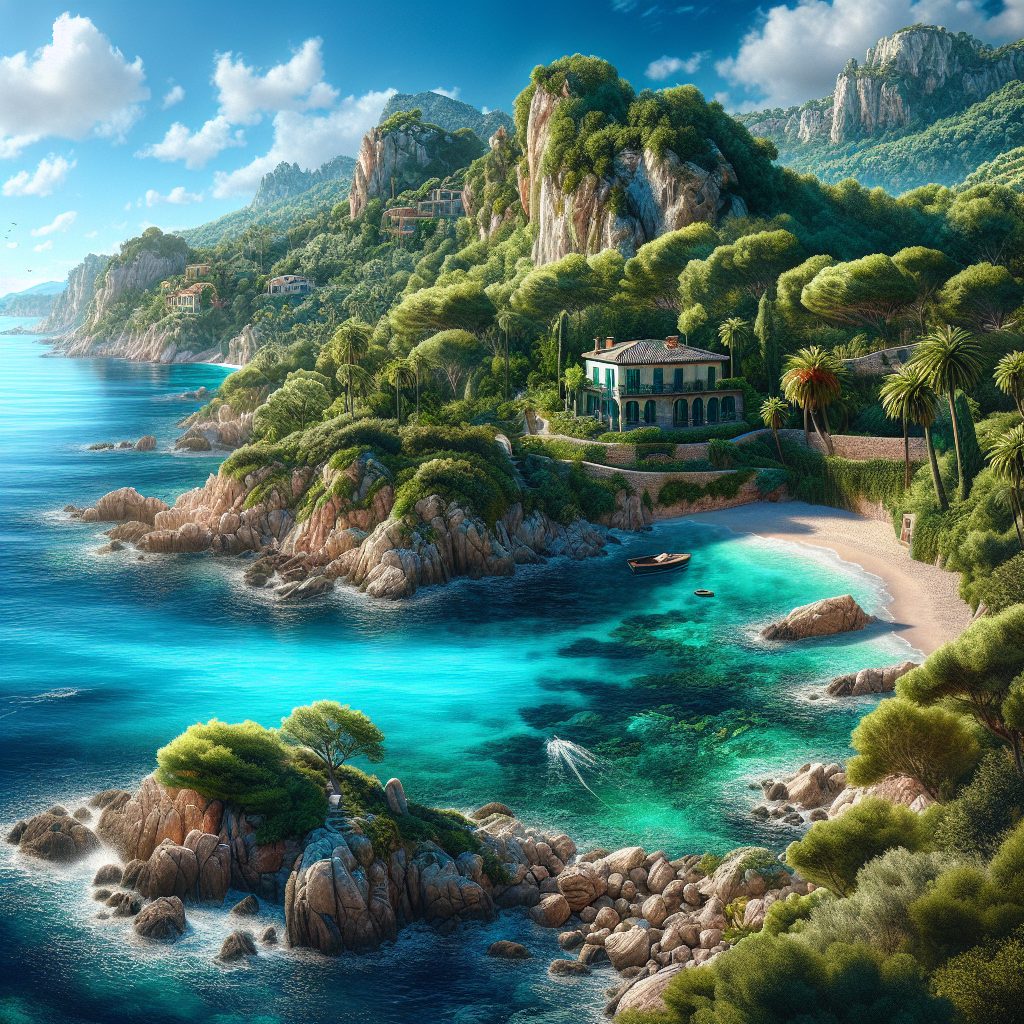Traditional architecture in Sardinia is defined by its unique blend of influences, combining elements from various cultures that have left their mark on the island throughout history. One particular feature that sets Sardinian architecture apart is its intricate detailing and craftsmanship found in the construction of buildings. This attention to detail is seen in the intricate carvings on doors and window frames, as well as the use of locally sourced materials such as granite and sandstone. These distinct architectural features reflect the island’s rich history and cultural heritage, creating a captivating visual experience for visitors and locals alike.
In addition to its aesthetic appeal, Sardinian traditional architecture also serves practical purposes. The design of buildings is heavily influenced by the island’s challenging natural environment. Thick stone walls help to regulate temperature, keeping the interiors cool during scorching summers and warm during cold winters. The characteristic flat roofs of Sardinian houses are designed to collect rainwater, which is stored in cisterns for later use. The integration of these functional elements into the architectural design not only showcases the ingenuity of Sardinian craftsmen but also highlights the harmonious relationship between human settlements and nature.
As we delve deeper into the subject of traditional architecture in Sardinia, we will explore the key takeaways that make this architectural style distinct and explore the various influences that have shaped it. Through this discussion, we aim to provide a comprehensive understanding of the significance of traditional architecture in Sardinia and its importance in preserving the island’s cultural heritage. By delving into the historical context and exploring the unique features that characterize Sardinian architecture, we hope to shed light on the beauty and value of this captivating architectural style. Stay tuned as we uncover the secrets of Sardinian traditional architecture in the upcoming sections.
Key Takeaways
1. Traditional architecture in Sardinia reflects the island’s rich history and multicultural influences, blending elements from ancient Nuragic civilization, Roman and Italian architectural styles.
2. The characteristic stone houses known as “stazzi” are prevalent in rural areas and were traditionally built for shepherds, featuring low, thick walls and large fireplaces to provide warmth during the colder months.
3. Another unique architectural style in Sardinia is the “nuraghe,” mysterious prehistoric structures built by the Nuragic civilization using large stones without mortar, serving as multi-functional towers and communal gathering spaces.
4. Sardinia’s coastal areas showcase the distinctive “casotti” fisherman’s huts, built close to the shoreline using locally sourced materials such as bamboo and reeds, showcasing the resourcefulness and adaptability of the island’s inhabitants.
5. The traditional architecture of Sardinia is not just about residential buildings; it also includes impressive religious structures like churches and basilicas, often featuring intricate stone carvings, colorful frescoes, and ornate bell towers that exemplify the island’s deep religious heritage.
What are the Unique Characteristics of Traditional Architecture in Sardinia?
1. Influences from Ancient Civilizations
Sardinia’s traditional architecture reflects the strong influences of various ancient civilizations that have shaped the island’s history. From the Nuragic civilization to the Phoenicians, Romans, Byzantines, and Spanish, each culture has left its mark on the architectural styles found in Sardinia.
2. Integration with Natural Environment
One notable aspect of traditional architecture in Sardinia is its harmonious integration with the island’s natural environment. Buildings are designed to adapt to the local climate, using materials like stone and clay to ensure optimal insulation and ventilation. Traditional houses are often characterized by low, simple structures that blend seamlessly into the surrounding landscape.
3. Stone Construction Techniques
Stone construction techniques play a significant role in Sardinian traditional architecture. The use of locally sourced stones, such as granite and limestone, allows structures to withstand the test of time. Dry stone walls and arches are commonly used in the construction of traditional buildings, showcasing the island’s skilled stone masonry.
4. Vernacular Styles
Sardinia’s traditional architecture is rich in vernacular styles that vary from region to region. Each town and village has its own unique architectural identity, featuring distinct design elements, decorative motifs, and color schemes. From the imposing stone towers of Castelsardo to the vibrant facades of Bosa, exploring Sardinia’s vernacular architecture is a captivating journey.
5. Traditional Dwellings
The traditional dwellings in Sardinia, known as “stazzi,” are an essential part of the island’s architectural heritage. These rural houses, typically found in the countryside, consist of a central living area connected to adjoining rooms for storage and livestock. The stazzi showcase the practicality and resourcefulness of Sardinian traditional architecture.
6. Symbolism and Decorative Elements
Symbolism and decorative elements are prevalent in traditional Sardinian architecture. Intricate carvings, wrought iron balconies, colorful tiles, and ornate doorways are just a few examples of the rich decorative tradition found in Sardinia. These elements often carry symbolic meanings representing local folklore, religious beliefs, or historical events.
7. Preservation Efforts
While traditional architecture in Sardinia is a testament to the island’s history, it also faces challenges in the modern era. However, there are ongoing efforts to preserve and revitalize these architectural treasures. Organizations, local communities, and government initiatives are working together to ensure that Sardinia’s traditional architecture receives the recognition and protection it deserves.
Exploring Traditional Architecture in Sardinia: Tips and Guides
- How can I identify the different influences in Sardinian traditional architecture?
- What are the best regions in Sardinia to witness diverse architectural styles?
- Where can I experience a traditional Sardinian stazzo?
- What are the meanings behind the decorative elements in Sardinian architecture?
- Are there any specific preservation projects or organizations dedicated to Sardinian traditional architecture?
FAQ
1. What is the significance of traditional architecture in Sardinia?
Traditional architecture in Sardinia holds immense cultural and historical importance. It reflects the island’s rich heritage and showcases the skills and craftsmanship of its people.
2. What are the key features of Traditional architecture in Sardinia?
Traditional architecture in Sardinia is characterized by stone construction, flat roofs, thick walls, and arched doorways and windows. It also commonly incorporates elements like loggias, courtyards, and decorative motifs.
3. How has traditional architecture in Sardinia evolved over time?
Over time, traditional architecture in Sardinia has been influenced by various civilizations, such as the Phoenicians, Romans, and Spanish. These influences have shaped the unique architectural styles seen on the island today.
4. Are there any specific traditional architectural styles in Sardinia?
Yes, Sardinia is known for several traditional architectural styles, including Nuragic, Catalan Gothic, and Baroque. Each style has its own distinct characteristics and can be found in different regions of the island.
5. How does traditional architecture in Sardinia blend with the natural environment?
Traditional architecture in Sardinia is designed to harmonize with the island’s natural surroundings. The use of local materials, such as stone and wood, helps structures blend seamlessly into the landscape.
6. Can traditional architecture in Sardinia be seen in modern buildings?
Absolutely! Many architects today are incorporating traditional elements into modern designs, creating a fusion of old and new. This helps preserve the spirit of Sardinian architecture while providing functional spaces for contemporary needs.
7. Is traditional architecture in Sardinia facing any preservation challenges?
Yes, like many historical architectures, traditional architecture in Sardinia faces challenges related to preservation and conservation. Efforts are being made to safeguard and restore these structures to maintain their cultural significance.
8. Can tourists explore traditional architecture in Sardinia?
Yes, tourists can explore and admire traditional architecture in Sardinia. There are various villages, towns, and landmarks where visitors can witness the timeless beauty of Sardinian buildings.
9. Are there any traditional architecture festivals or events in Sardinia?
Absolutely! Sardinia hosts numerous festivals and events celebrating traditional architecture throughout the year. These events offer the opportunity to experience the cultural significance and beauty of Sardinian buildings firsthand.
10. How can traditional architecture in Sardinia inspire contemporary design?
Traditional architecture in Sardinia represents a treasure trove of design inspiration for modern architects. From materials and construction techniques to functional layouts and aesthetic details, the rich heritage of Sardinian architecture offers valuable lessons for contemporary designers to learn from.
Final Thoughts
Traditional architecture in Sardinia is a testament to the island’s cultural identity and its historical journey. It not only reflects the skills and imagination of its builders but also showcases the resilience and adaptability of the Sardinian people throughout history. Exploring these architectural gems allows us to dive deeper into the cultural tapestry of Sardinia and appreciate its unique charm.
As we continue to witness the evolution of architectural trends, incorporating elements of traditional Sardinian architecture is a way to honor the past and infuse contemporary designs with a timeless flair. Preserving and celebrating traditional architecture ensures that future generations can continue to be captivated by the beauty and essence of Sardinia’s architectural heritage.

